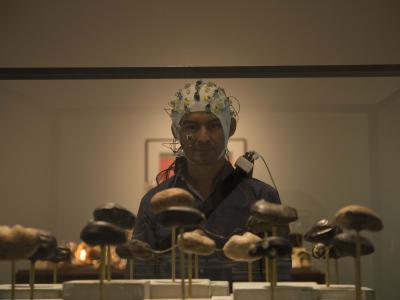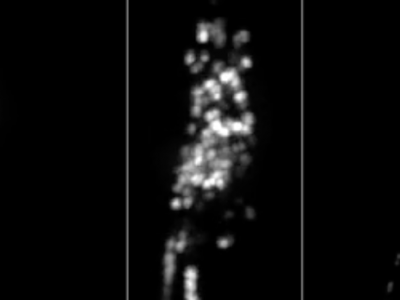mixed

Data for the article
- Categories:
 12 Views
12 Views
The use of modern Mobile Brain-Body imaging techniques, combined with hyperscanning (simultaneous and synchronous recording of brain activity of multiple participants) has allowed researchers to explore a broad range of different types of social interactions from the neuroengineering perspective. In specific, this approach allows to study such type of interactions under an ecologically valid approach.
- Categories:
 413 Views
413 Views
Previous neuroimaging research has been traditionally confined to strict laboratory environments due to the limits of technology. Only recently have more studies emerged exploring the use of mobile brain imaging outside the laboratory. This study uses electroencephalography (EEG) and signal processing techniques to provide new opportunities for studying mobile subjects moving outside of the laboratory and in real world settings. The purpose of this study was to document the current viability of using high density EEG for mobile brain imaging both indoors and outdoors.
- Categories:
 1196 Views
1196 ViewsRecent advances in scalp electroencephalography (EEG) as a neuroimaging tool have now allowed researchers to overcome technical challenges and movement restrictions typical in traditional neuroimaging studies. Fortunately, recent mobile EEG devices have enabled studies involving cognition and motor control in natural environments that require mobility, such as during art perception and production in a museum setting, and during locomotion tasks.
- Categories:
 4058 Views
4058 ViewsAdvances in optical neuroimaging techniques now allow neural activity to be recorded with cellular resolution in awake and behaving animals. Brain motion in these recordings pose a unique challenge. The location of individual neurons must be tracked in 3D over time to accurately extract single neuron activity traces. Recordings from small invertebrates like C. elegans are especially challenging because they undergo very large brain motion and deformation during animal movement.
- Categories:
 2967 Views
2967 Views
